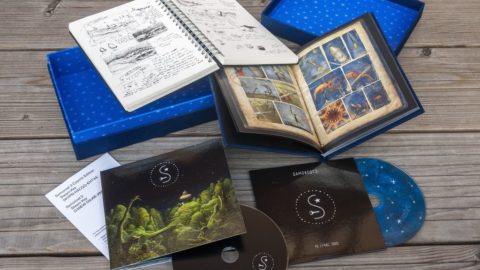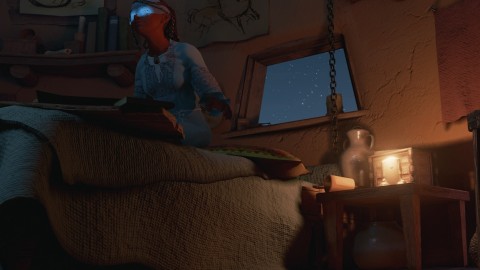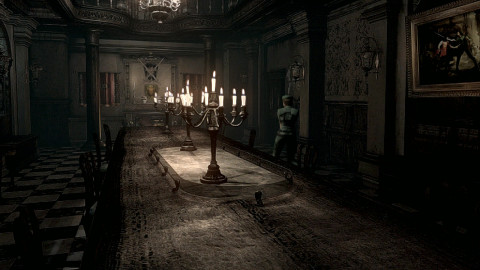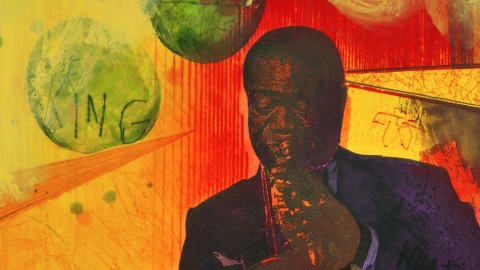
Samorost 3’s physical version brings the game’s world closer to you
It’s only right that sci-fi point-and-clicker Samorost 3 gets a physical version. It’s a game that emphasizes tactility through its biological textures: from the gnarled knots of a planet made of tree bark to the soft sprigs of moss on one of its greener planets. The “Samorost 3 Cosmic Box” addresses this absence by giving you things you can hold in your hand alongside your purchase of the game. Available now for $50, the Cosmic Box’s cloth-covered box has been partly hand-made (the rest handled by machines) in the Czech Republic. This is where the game’s creators at Amanita Design live,…







